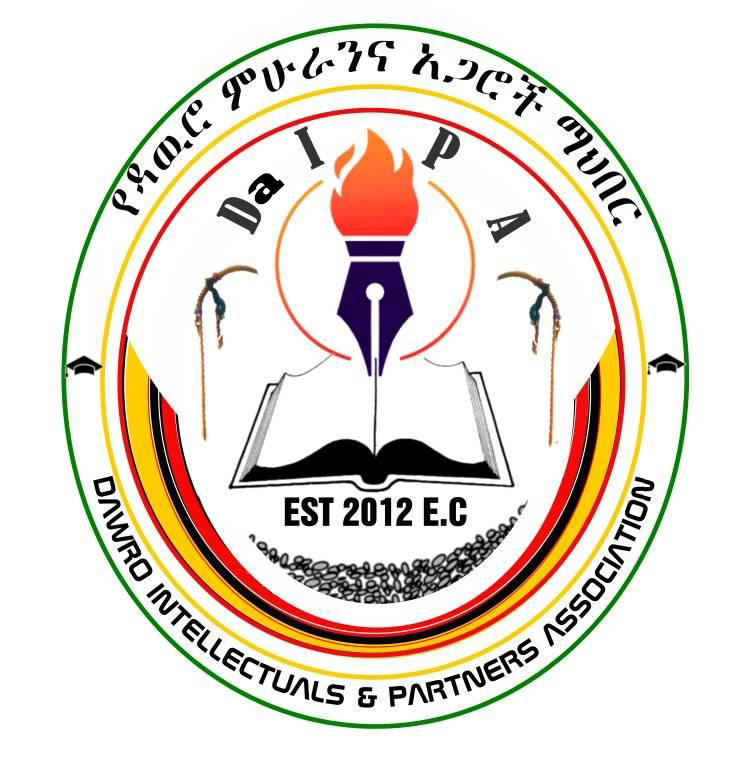Dawro Zone
The name “Dawro” represents both the land and the people.
Dawro Zone, together with the now Konta Zone, was formerly called Kullo Konta Awuraja of Kaffa T‘ek‘ilay Gizat and later on Kaffa Kifle Hager. While the administrative regions were reorganized towards the final years of the Derg regime, Kullo Konta Awuraja was incorporated into the newly formed “Semen Omo Administrative Region”. After the EPDRF government seized power, the name Kullo, which was given to the area by an unknown body when Menelik II incorporated the region into the Ethiopian empire, was rejected, and the name Dawro, which was favored by the natives, was restored as the name of the land and the people. Dawro continued to be one of the administrative areas that formed the “Semen Omo Administrative Region” of the Derg regime and became the “Semen Omo Zone” in the EPRDF government. Following the disintegration of the “Semen Omo Zone”, Dawro officially became a zone in November 2000. Since then, Dawro has been one of the 16 zones in the Southern Nations, Nationalities, and Peoples Region (SNNPR). Since November 202 Dawro has become one of the zones in the new region: South West Ethiopia Peoples Regional State (SWEPRS).
Currently, the 2nd biggest hydroelectric power scheme in Ethiopia, Gibe III, has been constructed on Omo River between Dawro and Wolayta zones. The capital town of Dawro is Tarcha, which is situated at 70 14 ‘ north latitude and 370 5 ‘ east longitude, and is approximately 1200m to 1450m above sea level. Tarcha is 505 km from Addis Ababa through Jimma, and 325 km from Hawassa, the Capital of SNNPR, through Wolayta Sodo.
Estimated Location of Dawro Zone
Dawro Zone is estimated to lie between 60 35’ to 70 34’ north latitudes and 36 04’ to 37 53’ east longitudes. The Gojeb and Omo Rivers circumscribe Dawro from northwest to southwest in a clockwise direction. Dawro shares boundaries with Konta Special Wereda in the west, Jimma Zone (Oromiya Region) in the northwest, Hadiya and Kambata-Tambaro Zones in the northeast, Wolayta and Gamo Zones in east, and Gofa Zone in the southeast. Dawro has an area of 5,225.61 km². It has 10 weredas, namely Esara, Kachi, Tocha, Mari Mantsa, Marak ‘a, Tarcha Zuria, Gena, Zaba Gazo, Loma Bosa, and Zisa, and one town administration, namely Tarcha Town Administration.
Topography of Dawro
The landscape of Dawro comprises mostly mountains, plateaus, deep gorges, and lowland plains. Some of the mountains are Esara, Gazo, Gumati, Hayo, Atso Saddle Mountains, Hatsinga, and Gulo. The plateau covers areas from Gora upland in Loma Wereda to the border of Konta in an east-west direction and from Waka town to the confluence of the Zigina and Omo Rivers in a north-south direction. The altitude of Dawro ranges from 500 meters around the confluence of the Zigina and Omo Rivers to 3000 meters above sea level at Tuta in Tocha Wereda. Thus, Dawro exhibits climatic variations from lowland to highland. This variation enriched the Dawro Zone with a variety of tree species and natural vegetation/forests, for instance, Chabara-Churchura National Park, natural forests along the Gojeb and Omo River valleys, and other bigger rivers in the zone. Dawro is also endowed with perennial rivers whose springs are the aforementioned highlands. Some of the bigger rivers include Zigina, Dalta, Buk ‘a, Mantsa, Shata, Wogayi, Dibisa, Yarda, C ‘awa, Zo ‘a, Kotoro, Panta, Koma, Karetsa hatsa, Mawula, Wuni, and Zayiri. All these and other rivers of Dawro are tributaries of the Gojeb and Omo Rivers.
The people
Dawro people belong to the Omotic family. The language of the Dawro people is Dawrootsuwa (in Latin orthography). Since 1994/1995, Dawrootsuwa has been serving as a medium of instruction in grades 1-4. Besides this, it is being given as a subject from grades 1-12. Efforts are also being made to use Dawrootsuwa as a working language in the zone. There has been a degree program in Dawrootsuwa in Wolaita Sodo University, Tarcha Campus, since 2018/2019. Based on the 2007 census and considering several factors, the population of Dawro nationality at the zone level was estimated to be 936,468 in 2018/2019.
In the past, Dawro was not known well by most Ethiopians and Western scholars. Recently, thanks to the EPRDF government and the Gibe III project, the remarkable history and fascinating culture and heritage of Dawro have become well known. Among the heritages, the two astonishing ones are the Great Defense Walls and the longest wooden wind musical instrument in the world, locally called “Dinka” (4 to 5 meters long, four in number). Dawro had been a highly centralized, powerful, independent kingdom until it was incorporated into modern Ethiopia by Emperor Menelik in 1893.
Beliefs of the Dawro People
Regarding the beliefs of Dawro people, traditional beliefs had been widely practiced until the fall of the feudal regime. Though the exact percentage is not available, the Dawros are the followers of mainly Orthodox, Protestant, and Catholic religions. There are also some followers of Islam.
Infrastructure
With regard to the settlement of the Dawro people, the majority live in rural areas. Hence, their livelihood is based on mixed agriculture. Until the early 1990s, Dawro had no basic infrastructure. No single all-weather road, no hospital, only one high school, etc. Some of the major problems that still exist are low coverage of well-networked all-weather roads, low education coverage, poor health services (e.g., no referral-level hospital), and low coverage of potable water. So, Dawro people are in need of various development activities, be it by governmental or non-governmental organizations.
